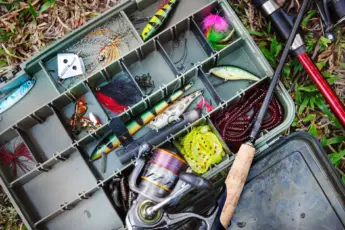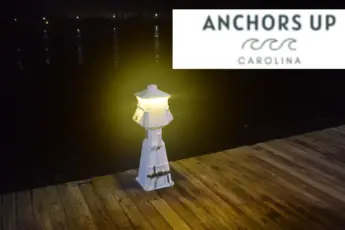One of the most popular seafood dishes served in the southeast, including Georgia, South Carolina, and North Carolina, is the soft shell crab during the spring months. Believe it or not, the soft shell is a blue crab that is abundant in local waters and harvested year-round by commercial and recreational fishermen. Consider the soft shell finds its way on local menus, is the soft shell crab good to eat?
How Is Soft Shell Crab Caught
Interestingly, commercial blue crab fishers do not catch soft shells. When anglers deploy and retrieve crab traps, the shells of the crab are in the normal rigid hard state.
The harvested crabs are placed in saltwater tanks until the hardened exoskeleton is dropped free from the crab’s body. Once the outer coating is shed, the blue crab is pulled from the saltwater tank and delivered to restaurants and seafood markets.
Are Soft Shell Crabs Good
Softshell crabs are excellent when properly cleaned and prepared. Most notable about soft shell crab eating are the flavors of the crustacean’s meat. The meat is noted as sweet and tender.
For the opportunity to dine on soft shell crab in Georgia, South Carolina, and North Carolina, mark your calendars for the spring when the crustaceans molt the exoskeleton. During the spring, coastal restaurants feature soft shell crab as a special. Don’t miss out on eating a soft shell crab. Even more importantly you won’t have to worry about how to clean soft shell crab when dining in a restaurant.
How Do You Clean Soft Shell Crab
Due to the crab containing a softshell, the process of cleaning is simple. Follow these steps for preparing soft shell crab.
Removing The Eyes
Part of cleaning soft shell crabs includes removing the eyes and face. Don’t worry, the task is simple. Grab a pair of kitchen shears and cut slightly behind the eyes from claw to claw. Discard the portion which has been trimmed away.
Pulling The Apron Free
Flip the crab onto its back and locate the apron. The apron appears to contain a tab that is easily lifted by your finger. Pull the apron up and away while trimming it with the sheers or pulling it free. Remember, when cleaning soft shell crab discard the apron in the trash.
Discarding The Lungs
Return the crab to its normal position with the shell on top. When removing the lungs during soft shell crab cleaning gently lift the left and right sides of the shell above the legs and remove the lungs. The lungs are not to be consumed and must be pulled free before cooking.
Are Soft Shell Crabs Really Soft
Yes, soft shell crabs are really soft. The blue crab sheds the exoskeleton during the spring months and during the process a thin soft skin covers the top of the curstacean before growing a new hard covering.
How Much Of A Soft Shell Crab Can You Eat
Fortunately, there is little to no waste when consuming soft shells. If you’re wondering soft shell crab how to eat, nearly the entire blue crab is eaten once the shell is molten and becomes soft.
So you know, how to eat soft shell crab the portions of the crab that are not consumed and discarded include the lungs, front of the face that contains the eyes, and the apron on the belly. The apron allows anglers to determine the sex of the crab.
Diners should expect to see a nearly whole crab placed on the plate before them. For some, the thought of eating an entire crab is repulsive, while others find the meal a delicacy. The crab is most often presented in one of two ways, either deep fried or sauteed.
Is The Yellow Stuff In Crabs Poop
The yellow substance beneath the top of the crabs softshell is an essential component of the crustacean’s life.
For those who dine on crustaceans, the yellow portion of the blue crab is called yellow mustard. The yellow mustard emits enzymes to help with the crab’s digestion and absorb nutrients from the food it consumes.
Don’t assume that the yellow portion is not appetizing. When it comes to eating soft shell crab, this portion is a favorite of some seafood lovers.
Are You Ready To Order Up Blue Crabs With A Soft Shell
Recreational anglers do not have the opportunity to catch softshell or store blue crabs in tanks until they molt. Therefore, blue crab regulations in North Carolina, South Carolina, and Georgia must only be followed to harvest those not molting. Make sure to visit a local restaurant to dine on fresh soft shell crabs or order them online to prepare at home.








Leave a Comment
You must be logged in to post a comment.